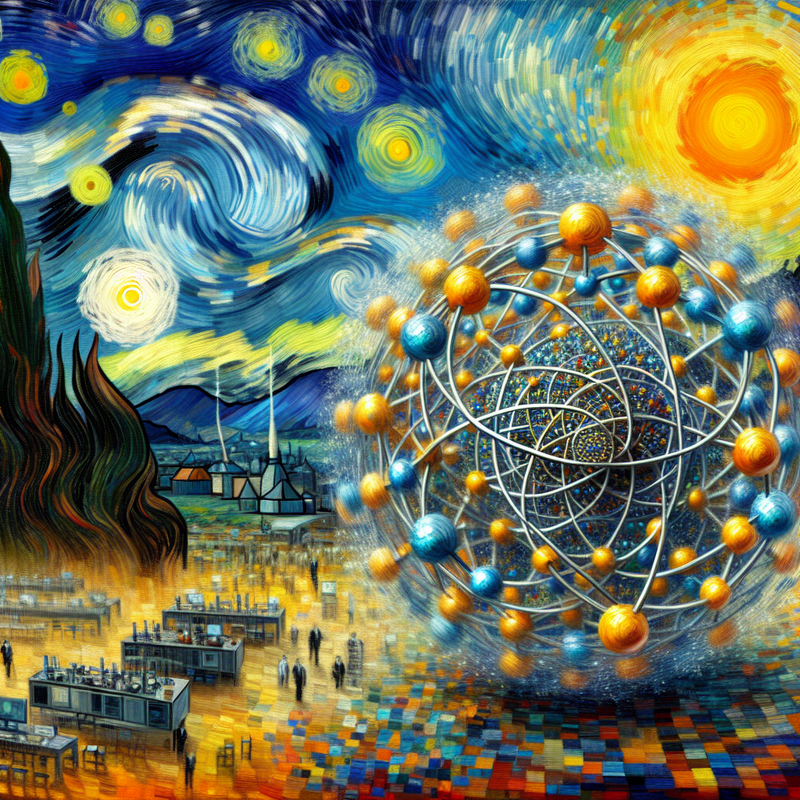A Groundbreaking Advancement by Engineers at the University of Pennsylvania’s School of Engineering and Applied Science
Engineers at the University of Pennsylvania’s School of Engineering and Applied Science has ushered in a new era in quantum sensing technology. The research team has developed a quantum sensing tool that can perceive signals on an atomic scale, as detailed in the prestigious Nano Letters publication. This innovative approach diverges from the traditional sensing methodologies which, up until now, could only assess signals on a macro scale from a multitude of atoms.
Pioneering Progress in Nuclear Quadrupolar Resonance Spectroscopy
The role of nuclear quadrupolar resonance (NQR) spectroscopy has been profound since the mid-20th century, primarily used to discern molecular structures across varied applications. Yet, the technique grappled with limitations, only scraping the surface with the analysis of copious atomic quantities, thus failing to distinguish minute variances within individual molecules. These singular differences are crucial to the progression of protein research and the pharmaceutical industry.
Penn Engineering’s recent innovation is a game-changer in this space. “With this advanced methodology, we’re now capable of examining isolated nuclei, exposing minor disparities among molecules we previously thought were identical,” remarks Lee Bassett, an Associate Professor of Electrical and Systems Engineering at Penn Engineering, and the study’s lead researcher.
An Unforeseen Discovery
This advancement sprang forth unexpectedly during routine experiments involving nitrogen-vacancy (NV) centers in diamonds. Co-first author of the study, Alex Breitweiser, noticed unusual data patterns that initially seemed to be experimental noise. Persistent troubleshooting led to the discovery of a new physical mechanism, as uncovered in vintage scientific literature, once disregarded as trivial.
“We realized we weren’t dealing with a fluke in the experimental data,” said Breitweiser. “What we’ve stumbled upon is the opening of a fresh domain of physics accessible through this advanced quantum technology.”
Interpreting Distinct Atomic Signals
With the aid of collaborators from the Delft University of Technology, the team further explored the theoretical aspects underlying their experimental observations. The resultant technique, integrating experimental physics, quantum sensing, and theoretical modeling, now enables precision isolation of individual atomic signals.
Mathieu Ouellet, another co-first author and a recent PhD graduate in Electrical and Systems Engineering at Penn, compares the refined process to delving into an intricate spreadsheet. “While traditional NQR presents an aggregated view, our quantum sensing technology unveils every nuance behind the collective average,” explains Ouellet.
Unlocking the Secrets of Molecular Construction
The potential of this state-of-the-art quantum sensing advancement is boundless. It sets the stage for a transformative exploration into the molecular world, promising future breakthroughs in fields spanning from healthcare to nanotechnology, and further scientific research. The complete details of this foundational advancement are elaborated in the Nano Letters journal.
By adopting this quantum sensing technology and harnessing the capabilities of nuclear quadrupolar resonance (NQR) spectroscopy at the quantum level, researchers can now venture into previously uncharted molecular terrains with precision and confidence.
















